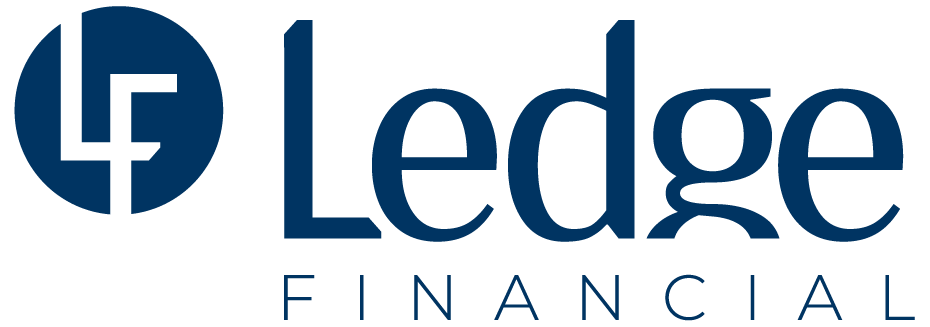Business owners juggle a lot—from managing employees and clients, to operations and strategy. And that’s not even touching on finances! Enter the fractional CFO—a true game-changer for businesses that need expert financial oversight without the full-time commitment.
Keep reading for insights on how a fractional CFO can provide strategic planning, financial reporting, and expert business accounting to elevate your company.
Understanding the Role of a Fractional CFO
A fractional CFO is a part-time financial expert who offers the same top-notch expertise as a full-time CFO but with more flexibility, remote availability, and cost savings. They bring specialized skills and an objective viewpoint, making them a great asset for businesses seeking strong financial management.

Key Responsibilities in Business Accounting
What does a fractional CFO do in terms of accounting? Their role varies depending on the company’s needs, but here are some common responsibilities they handle:
- Financial forecasting and analysis
- Financial strategy development
- Cash flow management
- Risk management and compliance
How a Fractional CFO Enhances the Business Accounting Process
Streamlining Accounting Systems
One of the primary roles of a fractional CFO is to streamline your business’ accounting systems. This involves:
Integrating Efficient Accounting Software: Selecting the perfect accounting software can transform the way you work, making tasks smoother, having fewer errors, and saving time. A fractional CFO can help pick software tailored to your business needs, simplifying financial processes and cutting down manual input. This boosts productivity and allows your team to focus on what they do best.
Improving Data Accuracy & Accessibility: Accurate and accessible financial data is key for making smart decisions and planning strategically. When records are well-kept and easy to find, analyzing trends, forecasting performance, and making informed choices becomes a breeze. It helps avoid costly mistakes and gives a clear view of the company’s financial health. Accessible data lets everyone quickly get the info they need, making operations smoother and communication better.
Improving Financial Reporting: With a fractional CFO on board, they can provide actionable insights and fine-tune processes to ensure accuracy and speed. This means you’ll have a clearer picture of your finances, spot opportunities for growth, and be able to make decisions backed by solid data.

Cost Management and Optimization
Effective cost management is key to maintaining financial health, and a fractional CFO can make a big difference by:
Spotting Cost-Saving Opportunities: A fractional CFO can help identify ways to cut costs without sacrificing quality. They can offer useful insights by analyzing financial data, negotiating better supplier rates, reducing waste, and using technology to automate and reduce labor costs. Regularly checking financial statements and performance metrics can also highlight areas that need improvement.
Implementing Cost-Control Measures: Keeping expenses within budget is key to optimizing financial performance. A fractional CFO can help by creating detailed forecasts, monitoring expenses in real time, educating employees, and setting up clear procedures for expense approvals.
Training and Development
A fractional CFO also plays a crucial role in the development of your in-house team:
Training Internal Accounting Staff: With a fractional CFO, your accounting team receives ongoing, valuable training to enhance their skills and efficiency. They bring a wealth of knowledge to the table and offer ongoing support to help your team excel.

Improving Financial Literacy Across the Company: A Fractional CFO isn’t just about numbers; they can also help everyone understand the financial basics. This could be through regular training sessions, handy newsletters, or interactive workshops to make sure everyone knows what’s what when it comes to financial health.
Establishing Best Practices and SOPs: A Fractional CFO can help set up best practices and SOPs to ensure consistency and compliance in accounting operations. This includes providing detailed guidelines for daily tasks, regular audits, and reviews to maintain high standards in financial management.
In-House Expertise
Fractional CFOs aren’t just quick fixes; they’re strategic partners who add immense value, such as:
Helping Achieve Company Goals: Fractional CFOs are there to help your business succeed. With their extensive background and expertise, they can set realistic financial goals and create actionable strategies to reach them, all while tailoring their approach to fit your unique needs.
Providing Strategic Insights: Fractional CFOs offer a fresh perspective on your finances, guiding you to make smart decisions for growth. They analyze your financial data, spot trends, and provide insights that your internal team might miss. This outside viewpoint can uncover new opportunities and reduce risks.
Improve Your Accounting With a Fractional CFO
At the end of the day, a fractional CFO is here to help your team navigate your finances and, most importantly, succeed! Whether that means updating accounting processes or bringing fresh insights, they’re dedicated to your success.
Ready to get started? Chat with our expert fractional CFOs at Ledge Financial today and see how we can help leverage your numbers.











